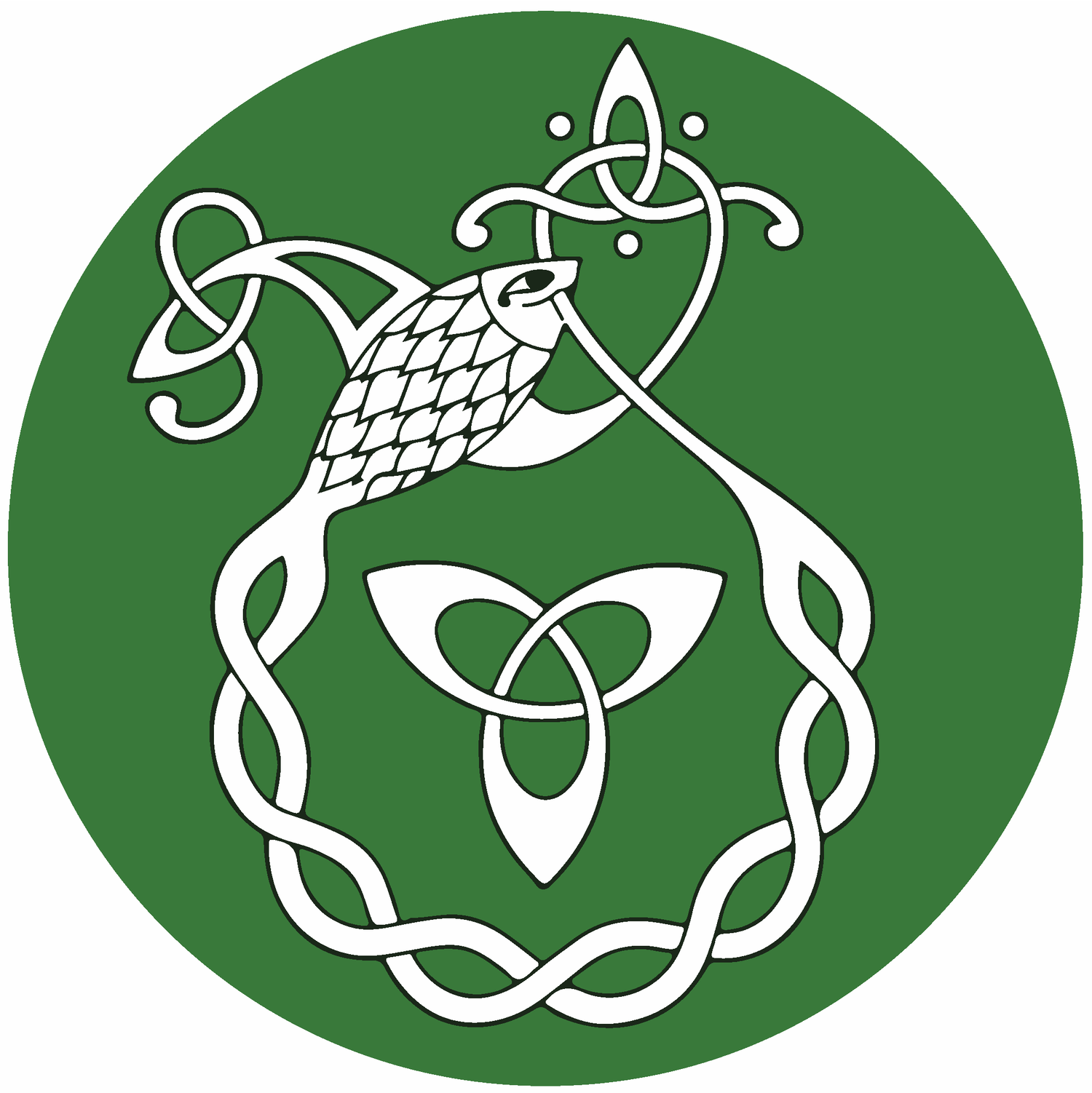Talamh An Éisc
Collected from Tomás Ó Loinsigh, Corca, Dhuibhne, Co. Chiarraí 1941. Preserved through the National Folklore Collection, UCD.
The reference to Napeoleon in this piece suggests that this story is set in the year 1815.
“D’imídís ag iascach trosc ann agus thugaidís dhá bhiaiste ann, cuid acu. D’imídís ó Ché an Daingin agus chuala nach raibh aon bhád acu seo chuaigh ann nár cuardaíodh féachaint an mbeadh Napoleon iontu ar teitheadh. Bhíodh a mbáid féin acu, bhíodh captaen ar ngach aon bhád. Thug Sullivan seo ón mbaile seo dhá chéad punt leis as agus cheannaigh sé mórán talún ar an airgead. D’imíodh a lán daoine an uair sin ann, éinne go mbíodh aon mhaith ann...
Baile Sheáin an bhaile is mó ann, a deiridís.
Ó dheireadh an Earraigh go dtí deireadh an Fhómhair an séasur a bhíodh acu. Thagadh cuid acu anall i gceann an bhiaiste. D’fhágaidís a mná agus a leanaí anseo. D’fhanadh cuid acu dhá bhiaiste amuigh. Ní raibh aon trácht ar mharcairéil an uair úd. Le doiriche a mharaídís na troisc is dócha ná le spiléir.”
“They would go fishing cod there and they would spend two fishing seasons there, some of them. They would go out from the Quay of Daingean and I heard that they didn’t have any boat going there that weren’t searched to see if Napoleon was fleeing aboard them. They had their own boats, there was a captain on each boat. Sullivan from this town brought two hundred pounds with him and he bought a lot of land with the money. A lot of people would go out at that time, anyone who would benefit…
St. John’s was the biggest town there, they would say.
From the end of the spring to the end of the autumn would be the season they had. Some of them would come back after the season. They left their wives and their children here. Some of them would spend two fishing seasons out. There wasn’t any mention of mackerel at that time. It was with the fishing lines they would catch the cod probably or with the trawl line.”
Adapted from: “The Schools’ Collection, Volume 0772, Page 182-183” by Dúchas © National Folklore Collection, UCD is licensed under CC BY-NC 4.0.
